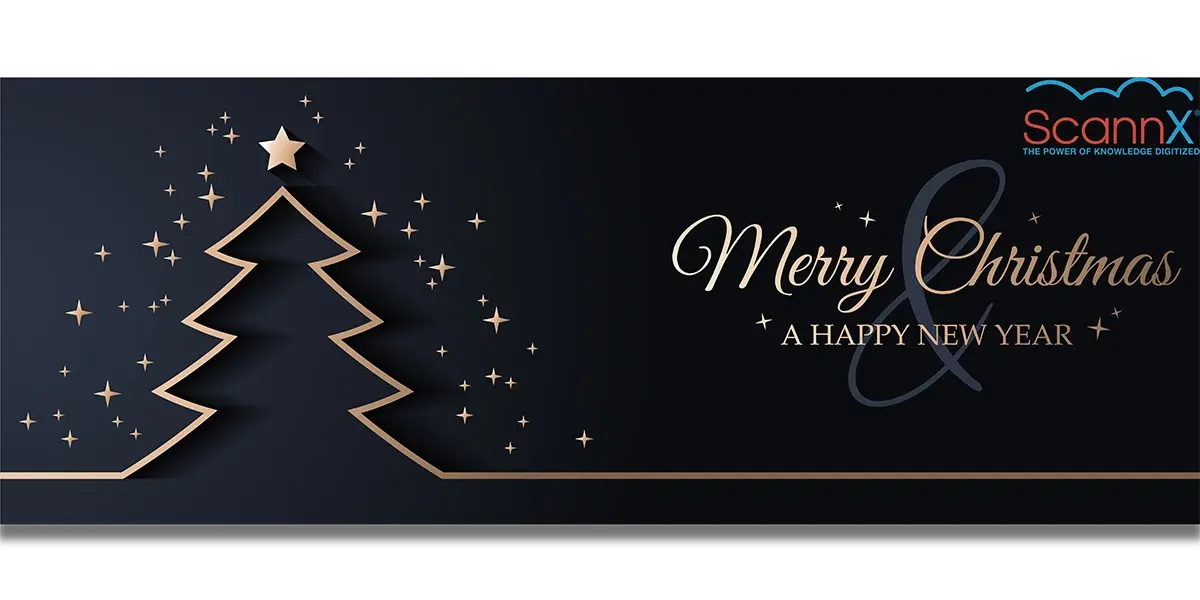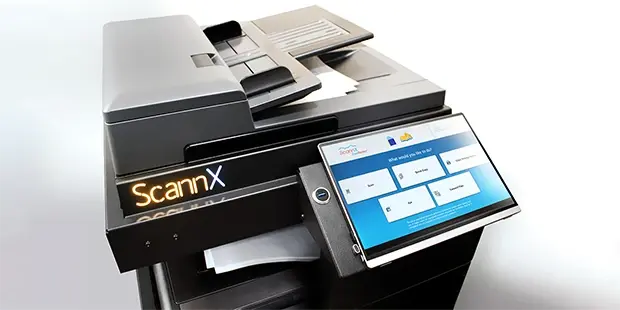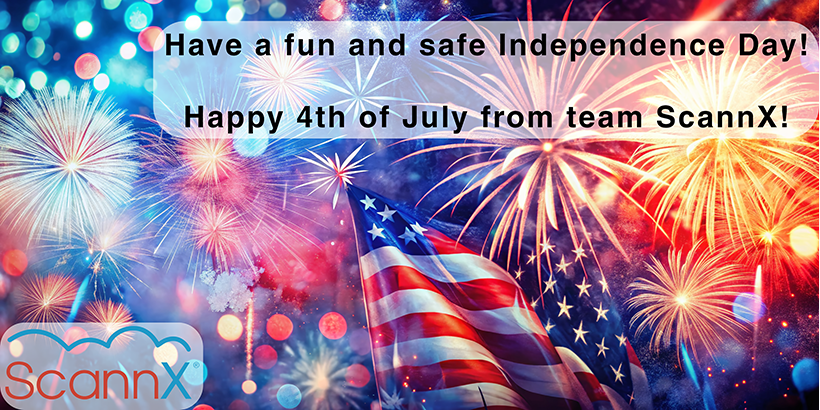Bucks County Community College, Newtown, PA
By Patricia Hayse Haller
What Bucks County Community College says about ScannX Book ScanCenter:
“It’s been a paper-saving, easy-to-use solution that requires very little staff help, which is especially helpful in the fall and spring semesters when we are very busy. For students, it’s nice to have an electronic copy for their records, and to be able to collaborate with others by sending documents electronically.”
Linda McCann,
Director of Library Services,
Bucks County Community College Library
About Bucks County Community College
Since 1964, Bucks County Community College in southeastern Pennsylvania has offered an affordable two-year college education to the area’s growing population. It’s a place where area residents can take a first step toward a bachelor’s degree, get a certificate that launches a new career, or return again and again for a lifetime of learning. Most graduates transfer from the associate degree program to a four-year college. The community college has smaller campuses in Bristol and Perkasie, but the main 200-acre campus is located in Newton, where the 40-year-old library is half-way through a major renovation aimed at fostering greater collaboration between students and staff and offering more flexible spaces for today’s learners.
The first phase of the renovation brought a number of related services all together onto the main floor, along including the reference desk, tutoring resources and a media learning lab designed to foster 21st century learning skills called MInDSpace (Media and Instructional Design). The redesigned second floor, scheduled to open this summer, will feature both collaborative work areas and quiet study areas, as well as a consolidated circulation and technology help desk. The final phase will add office space, computer classrooms and extra equipment storage in time for the Fall 2012 semester.
ScannX at Bucks Library: Less paper; more collaboration
The library building is not the only thing that’s being transformed at Bucks County Community College. The way library patrons use and share books and materials is changing too, thanks to a new ScannX Book ScanCenter, a simple and complete self-service book and document scanning solution that pairs an intuitive 15” touchscreen with an 11”x15” book-edge scanner and next-generation cloud-based document management.
According to Linda McCann, Director of Library Services at Bucks, today’s students are working more on group projects, using e-books and making a lot of PowerPoint presentations. Instead of charging for printing, Bucks charges a flat technology fee, then allows students to print whatever they want. The result was that students were printing multiple copies of their presentations, class notes and even whole book chapters to share with their group.
“I found we were going through a lot of printer paper, both at the library and the college,” she said. So when she heard about the ScannX Book ScanCenter being used at nearby Delaware Valley College, she decided to go see it for herself. The demonstration convinced her to buy two for Bucks Community College. The first was installed in early 2010 near the first-floor reference desk. The second will debut in a few weeks, near the new circulation and technology help desk.
“Everybody loves it,” said McCann. Now, she said, students have a paperless option that is completely free. They are able to scan periodicals that can’t be checked out and e-mail the articles to themselves or save them to a USB drive. They make one quick scan of their notes or project materials and e-mail them to everyone in their group at the same time. They can even scan papers to Google Docs so their whole team can collaborate electronically. So far, few are choosing to scan to iPads or smartphones – mainly because the price of those devices is out of reach for most of Buck’s students – but that could change as those technologies become more affordable.
While she has not calculated the paper or cost savings, McCann is certain the scanner is providing both. And with tightening budgets and the college’s sustainability initiative, “I’ve been trying to go as paperless as possible,” she said.
Book ScanCenter and more Students aren’t the only ones using the ScannX Book ScanCenter. The staff has also found it invaluable. McCann says she started using it to fax documents when the regular fax machine broke down, and she’s never gone back. “It just makes a lot more sense to me, because I have a record of what I sent that includes the actual document as a scan.”
The library has even used it to repair books. “Sometimes we’ll have an older book that is missing a page, or a student will tear out three pages of literary criticism they need,” she said. A quick scan of the missing pages from another volume can be printed out inserted into the damaged book. It is not something they have to do often, but repairing damaged books makes McCann really appreciate the ScannX Book ScanCenters patented beveled book-edge design, which delivers distortion-free scans and protects the book spine from damage. There’s no need to press the book flat, and no ‘black gutter’ swallowing the words on the edge of the page.
Mostly, though, McCann likes the fact that the ScannX Book ScanCenter is so easy to use. Before, when students wanted to scan materials, they were sent to the Technology Learning Center, which has a flatbed scanner attached to a desktop computer. They almost always needed help, and the Learning Center isn’t always staffed. In contrast, the ScannX Book ScanCenter has large easy-to-read buttons on a touch-screen that guide users through each step, helping them choose a file format, adjust image quality and color depth, crop the image, and send or save the scan to printer, USB, fax, Google Docs, or a smartphone or tablet.
“It’s self-explanatory and very easy to use,” said McCann. “I have found that very few people need any assistance at all. Overall, she said, the ScannX Book ScanCenter “has been a huge success, and we can’t wait to get that second unit all set up.”
Tue, Jun 19, 2012 | library digitization Linda McCann saves BIG with paperless scanning at Bucks County CC
Join us for an interview with Linda McCann at Bucks County Community College as she shares how ScannX systems are saving both time and money!



